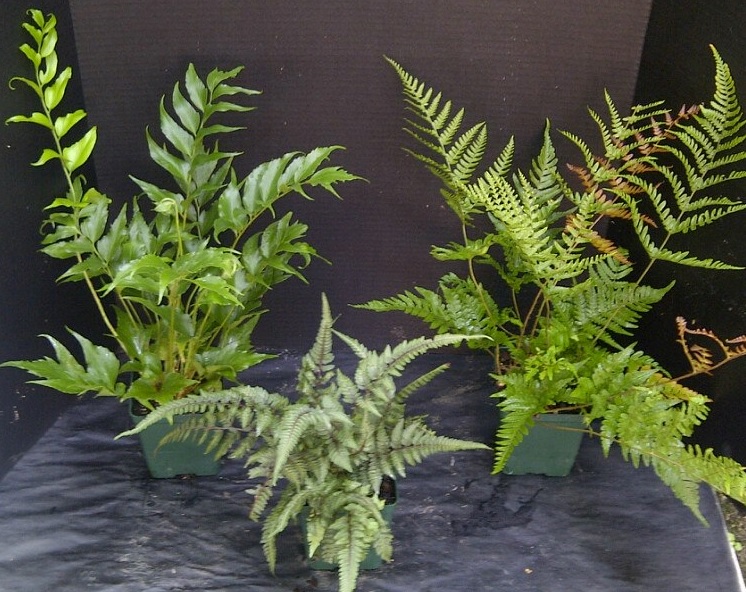info@bloomindesigns.com
Welcome to our perennial plant nursery!
Imagine More Perennial Plants Than You Can Imagine,
Delivered To You with Free Shipping to most states.
Shop by Category
Shop by Brand
Shop by Brand
Ferns
Shop Bulk Hardy Ferns Online, Delivered Free to Your Door

- Shade Tolerance: They thrive in areas where many flowering plants struggle, adding lush greenery to shady spots under trees, along building foundations, or in woodland gardens.
- Low Maintenance: Once established, they require minimal care, making them ideal for busy gardeners or those seeking a carefree landscape.
- Year-Round Interest: Many varieties remain evergreen, providing visual appeal even in winter. Others offer striking seasonal changes, such as the vibrant fall colors of the Autumn Fern.
- Erosion Control: Their dense root systems help stabilize soil, preventing erosion on slopes and stream banks.
- Wildlife Habitat: They provide shelter and food for various creatures, including insects, birds, and small mammals.
- Diversity of Form and Texture: With their wide range of frond shapes, sizes, and textures, they bring a unique and captivating element to garden design.
